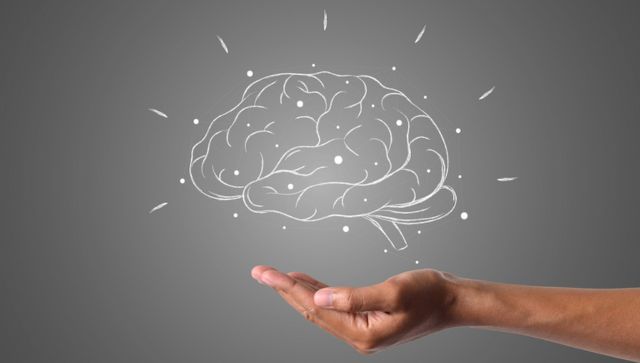Peru has declared a national health emergency for 90 days due to a surge in the cases of Guillain-Barré Syndrome (GBS), a rare neurological disorder. The country has reported more than 150 cases of the autoimmune disease, as per Deutsche Welle (DW). Earlier in 2019, Peru had similarly declared a health emergency in five regions, including Lima, following the outbreak of GBS. What is GBS and what are its symptoms? Is it treatable? Let’s take a closer look. What is Guillain-Barré Syndrome? Guillain-Barré Syndrome is a disorder where a person’s immune system attacks their body’s peripheral nerves. The immune system is the body’s natural defence against illness and infection. The peripheral nervous system consists of the network of nerves outside the brain and spinal cord. [caption id=“attachment_12853142” align=“alignnone” width=“640”] In GBS, a person’s immune system attacks the body’s peripheral nerves. Pixabay (Representational Image)[/caption] According to DW, in GBS, the myelin sheath – the layer of fat and protein encasing the nerve cells – becomes inflamed and can hardly carry stimuli. It is a rare neurological disease that is more common in adults and males but can affect people of all age groups, as per the World Health Organization (WHO). Symptoms of GBS As per the WHO, the first symptoms of GBS are “weakness or tingling sensations” that usually start in the leg and later spread to the arms and face. Its other symptoms include shaky walking or inability to walk, severe pain, and in some cases, paralysis of the legs, arms, or facial muscles.
In up to 30 per cent of cases, GBS can affect chest muscles, leading to breathing difficulties, says the WHO.
People suffering from severe GBS can face problems in performing normal functions of the body, such as speaking, swallowing or defecating. In such cases, the patients have to be treated in intensive-care units. [caption id=“attachment_12853152” align=“alignnone” width=“640”] GBS symptoms usually start with “weakness or tingling sensations” in the leg. Wikimedia Commons (Representational Image)[/caption] The condition of the patients usually tends to worsen in the third week after the onset of the GBS symptoms. However, people start showing improvement in week four after which the recovery begins. The total recovery can take anywhere between six months to a year and sometimes can extend up to three years, noted DW. What causes GBS? GBS usually occurs after an infection. According to United States’ Centers for Disease Control and Prevention (CDC), about two in every three people who were diagnosed with the neurological disease had diarrhea or a respiratory illness several weeks before the onset of GBS symptoms. The symptoms of GBS mostly start within three weeks of an infection. People infected with cytomegalovirus, Campylobacter jejuni bacteria, Epstein-Barr virus, Zika virus, or other viruses could also be affected by GBS. As per the WHO, Zika virus infection is a “trigger” of Guillain-Barré syndrome. While the exact cause of the neurological disease remains unknown, a theory suggests that “viral and bacterial infections change how the immune system reacts to the peripheral nerves. This results in the immune system misidentifying myelin and axons as foreign substance and targeting them”, according to Medical News Today. Occasionally, GBS symptoms can be seen in people who were vaccinated or got surgery sometime before. “Very rarely people have developed GBS in the days or weeks after getting certain vaccines. However, benefits of vaccination far outweigh the risks. For example, studies show that people have a greater chance of getting GBS after getting the flu than they do after getting vaccinated against the flu,” says the CDC. ALSO READ:
A surgery for depression: What is deep brain stimulation? What is the treatment? About 1 in 20 people can die from Guillain-Barré Syndrome, says the UK National Health Service (NHS). As the syndrome could be life-threatening, WHO recommends hospitalising the patients so they can be monitored carefully. In some cases,
GBS patients can have complications, including abnormal heartbeat, blood clots, infections, and uneven blood pressure. If a person experiences difficulty in breathing, they can be put on a ventilator. There are two common treatments for this serious autoimmune disease. In plasma exchange or plasmapheresis, medical professionals take blood from the body to remove harmful substances attacking the nerves. This works best when initiated seven to 14 days after the onset of the symptoms, says WHO. The other treatment is high-dose immunoglobulin therapy, which includes injecting healthy antibodies from blood donors through the veins of the patient. As per DW, the damaged antibodies causing GBS are then blocked by high doses of immunoglobulins. In cases where muscle weakness continues, patients can opt for physical therapy to regain strength. Other methods such as occupational therapy and speech and language therapy can also help patients recover and tackle any lasting problems, says NHS. With inputs from agencies


)

)
)
)
)
)
)
)
)



